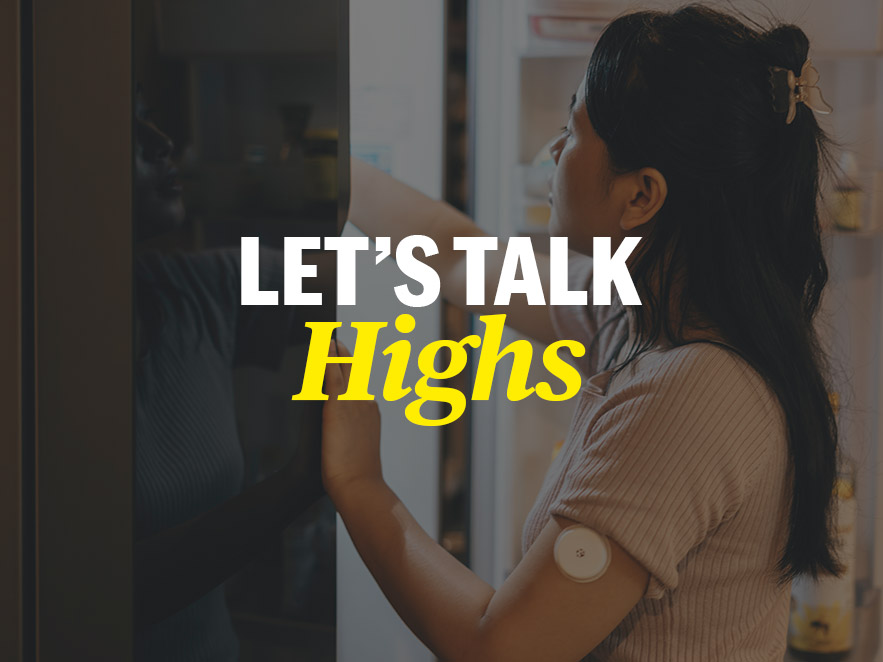Summer is Here: Are You Still Safer at Home?
Written by: Julia Flaherty
3 minute read
June 8, 2020
States and regions across America are slowly reopening, which means social distancing guidelines have become a bit fuzzy. However, the same principles apply to ensure you are best protecting yourself and others. COVID-19 is still a threat and will remain so until we have a widespread vaccine.
It’s important to remember that whether or not you’d like to slowly emerge back into society is your choice. You can absolutely still stay at home if that makes you feel safest and you are able to. But as more businesses and workplaces reopen, you may not have that choice.
It is also completely understandable that, after months inside, you’re ready to begin weighing the risks of certain activities to maintain other physical, mental and emotional health needs. Both mentalities are okay. But if you plan to re-emerge or have to, there are important guidelines to keep in mind.
Know your risks:
Public Gatherings: To remain cautious, keep your social circles small. Continue to limit your interactions to the people you live with, and be mindful of any emerging illnesses among your household members. If someone in your household does get sick, the Centers for Disease Control and Prevention (CDC) advises quarantining any ill family members in a specific room of your house (if they do not have to be monitored in a medical facility) to keep everyone safe from the spread.
Experts have outlined the risk factors of certain summer activities. While hosting an outdoor barbecue in your backyard with one other household is low to medium risk, going to a beach or pool among strangers is medium to high. Experts also say eating indoors at a restaurant is medium to high risk.
There are still many safety benefits of engaging with friends and family via virtual chats, ordering takeout instead of sitting down at venues (meanwhile supporting your local economy) and enjoying the great outdoors. Experts rate exercising outdoors and camping as low risk summer activities.
Hygiene: Keep your hands and face (eyes, nose, mouth) clean. The CDC continues to advise washing your hands after treating someone who is sick, eating, preparing food, using the bathroom, tending to a wound or sore, touching pet litter, food, or treats, touching the garbage, interacting with out-of-home surfaces and so on. Wet your hands with clean running water each time you wash them, and lather your hands, covering all areas of them, for at least 20 seconds. Dry them well using a clean hand towel each time.
Hand sanitizer with at least a 60 percent alcohol volume is good to use in the interim if you do not have immediate access to soap and water, but the best method is still washing your hands, as hand sanitizer doesn’t eradicate all types of germs. Be mindful of this standard amid all of your summer activities to stay safe.
Regularly launder your clothes and shower. Cough or sneeze into a tissue or your clothing, and then throw away your tissue or change your clothing. When cleaning, use an EPA-approved disinfecting product. Frequently clean high-touch surfaces.
Masks: Though many of us are growing eager to be close to friends and family again, suffering from lockdown burnout and fatigue, it’s still important to remember that masks do not replace the six feet apart social distancing rule. If you are slowly working on re-emerging, keep in mind that not everyone will practice mask safety in a compliant fashion, which puts you at risk.
Some do not know how to wear masks properly, while others still do not have access to compliant masks, and some may choose not to wear a mask at all. To ensure your safety, continue to wear a mask in public settings, such as the grocery store or your workplace if you are returning, and keep staying six feet apart. Experts have commented there are no known grocery store linked cases, indicating that grocery store shopping remains a low risk so long as you follow social distancing guidelines.
To learn more about what you can do to protect yourself and others, go to coronavirusdiabetes.org.

Author
Julia Flaherty
Julia Flaherty is a digital marketing specialist at Ledgeview Partners, and professional writer, editor, content marketer, and social media strategist. She is a health and equality advocate who aims to create positive and lasting change for people throughout her career. In 2019, she started the Wisconsin Insulin Price Cap Support Petition. Connect with Julia on LinkedIn or Twitter.
Related Resources

Hyperglycemia—or high blood sugar—can sneak up on you, whether it’s from a missed dose, a...
Read more

Curious about how to join a diabetes clinical trial? If so, good on ya’, because...
Read more

Diabetes clinical trials pave the way for how we manage and treat type 1 and...
Read more

